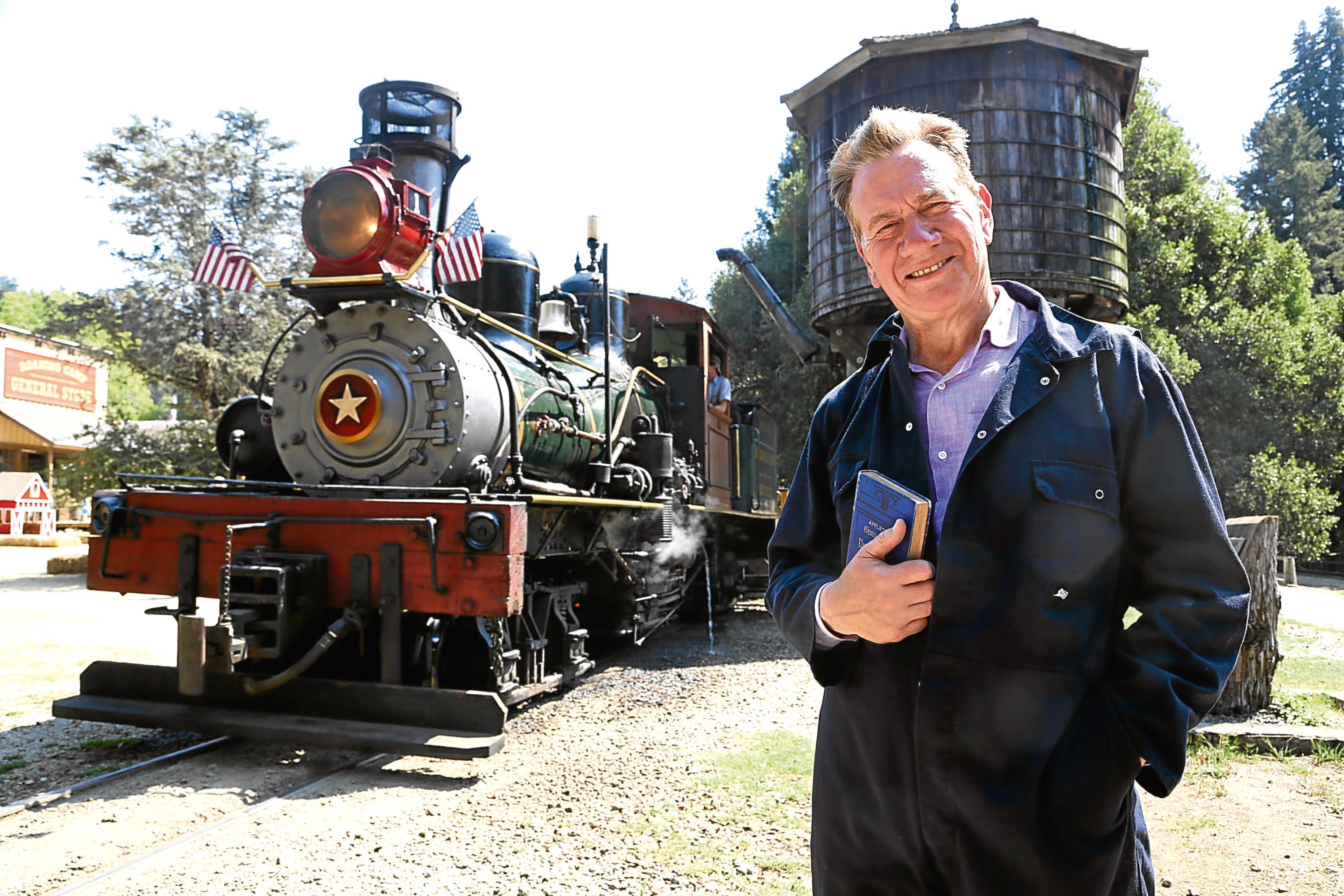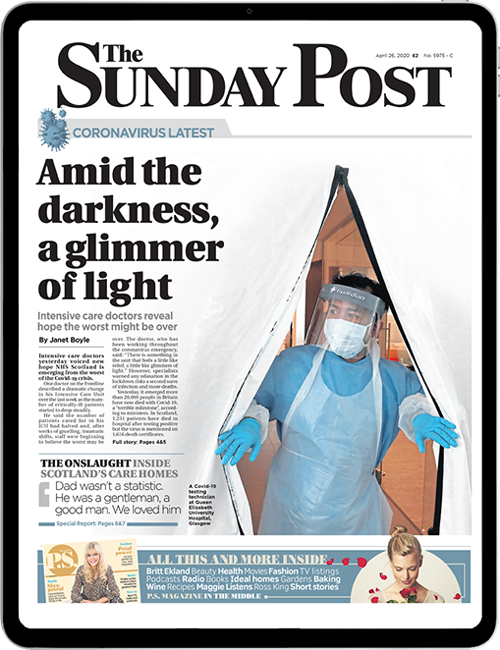
MICHAEL PORTILLO is finding it extremely difficult to pick his favourite railway journey.
You can’t blame the man, really.
Never mind the miles he’s clocked up filming across continental Europe, there have been nine series of Great British Railway Journeys, and the third of Great American Railroad Journeys is underway.
In the end, he settles on the innovative state of California — one of the most- recent places he chugged through.
“While I was there, I was driven in an autonomous car on a 10-lane highway,” says the former politician and journalist.
“If you want to know what the future is, don’t look in your crystal ball, look in California.”
From Boston to Toronto, and Reno to San Diego, the TV presenter’s latest American adventures will span 20 episodes on BBC Two.
Once again, he always has a copy of Appleton’s guidebook to the United States and Canada — that’s a 19th-century travel guide, by the way — in his hands for reference.
Map: Scotland’s busiest and quietest railway stations as Angus stop named UK’s least used
But don’t just expect trains, history and hard facts.
One clip shows the 64-year-old standing on top of the gigantic CN Tower in Toronto.
Does that mean Michael is secretly a bit of a daredevil at heart?
“It’s certainly absolutely against your instincts to walk to the edge of a 1400-foot-high ledge and lean off it,” he says.
“I can’t say I look forward to the daredevil activities, but I usually enjoy them once I’ve done them.”
It’s this steady mix of farce and serious which Michael reckons has earned him such a loyal audience.
“There’s an enormous appetite for programmes about travel, but also people are really hungry for history — they really want facts, and I hope we present these in a fairly-digestible form,” he elaborates.
“So, we will give them seven minutes of heavy history, but then I’ll be dressing up in funny clothes and doing something crazy like Morris dancing.”
When it comes to keeping his long-running travel shows fresh, Michael insists he doesn’t feel any pressure.
“I feel it more as a freedom, because the more we’ve gone on, the more we’ve been able to experiment,” he explains.
“In some ways, our programmes are quite challenging, we deal with some very grim history — the Salem witch hunt of the 17th century, for instance.
“About 18 or 19 women were eventually executed and charged with being witches,” he adds.
“And, of course, the hysteria that took over the town of Salem in Massachusetts has given this expression, witch hunt, which is when people go crazy looking for scapegoats and culprits.”
Another issue for Michael when filming is the speed at which they have to do it.
“We’e working fast by comparison with a lot of television, producing about half an hour of TV in two days,” he says.
“And we absolutely do have to take trains at the scheduled time, so you’re normally rushing, rushing, rushing.”
This tight timetable means there’s not a lot of chance for the one-time Conservative cabinet minister, who retired from the House of Commons in 2005, to stop to discuss Donald Trump with the locals, even if he agrees it would be fascinating.
“When I get back from the United States, people say: ‘What is the atmosphere there?’ and I say: ‘Well, I didn’t get time to notice because I was too busy filming!’”
Michael does share one thing he has observed there, however.
Having travelled so much of Europe by rail, he claims American trains are “delightfully old-fashioned” in comparison.
“They have comfortable seating accommodation, they have observation bars, they have kitchens where your steak is cooked from fresh — we’re not talking about microwaves,” he says.
“So, in many ways, they’re very, very attractive — you just wouldn’t want to set your watch by them.”
He certainly doesn’t see himself leaving the job any time soon.
“By going to new places, then I think the formula is almost infinitely applicable,” he adds.
Great American Railroad Journeys airs weekdays on BBC Two, Mondays, 6.30pm.
Episodes of Great British Railway Journeys are available on BBC iPlayer now.

Enjoy the convenience of having The Sunday Post delivered as a digital ePaper straight to your smartphone, tablet or computer.
Subscribe for only £5.49 a month and enjoy all the benefits of the printed paper as a digital replica.
Subscribe